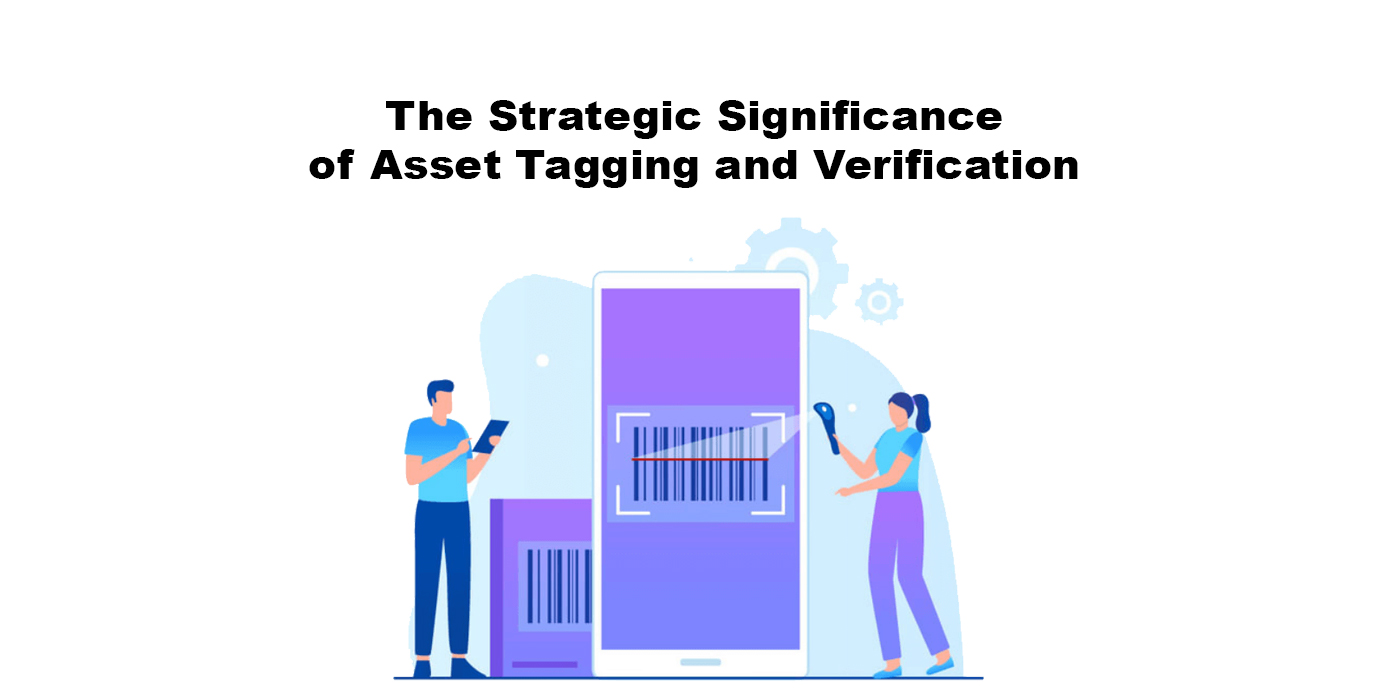In today’s dynamic business operations, strategic asset management stands as the cornerstone of organizational excellence. Whether its machinery, equipment, or digital assets, keeping track of these resources is essential for enhancing operational efficiency, curbing costs, and upholding regulatory standards. Within this paradigm, asset tagging and verification emerge as pivotal mechanisms, providing businesses with the means to accurately monitor, manage, and protect their valuable assets. Let’s now dive into the specifics of Asset Tagging and Verification.
What is Asset Tagging?
Asset tagging is a process of affixing tags such as barcodes, QR codes, RFID tags, or serial numbers, to individual assets. These tags serve as digital fingerprints, enabling organizations to distinguish, track, and manage assets throughout their lifecycle.
Advantages of Implementing Asset Tagging:
- Enhanced Visibility- Asset tagging provides organizations with real-time visibility into their asset inventory. With tagged assets, businesses can easily monitor asset movements, identify their current locations, and track usage patterns, facilitating informed decision-making and resource allocation.
- Improved Accountability– Implementing asset tagging promotes accountability among employees by defining distinct ownership and responsibility for each asset within the organization.
- Streamlined Audits and Compliance- Asset tagging simplifies audit processes and ensures regulatory compliance. Accurate maintenance of tagged asset records enables businesses to showcase compliance with industry standards, streamline asset audits, and minimize the risk of incurring penalties or fines due to non-compliance.
- Theft Prevention and Loss Recovery- Asset tagging acts as a deterrent against theft and unauthorized asset removal.
Why is Asset Verification Crucial?
Asset verification involves periodically reconciling physical asset counts with recorded data to identify discrepancies and ensure data accuracy. Through routine verification processes, organizations can validate asset records, detect errors or discrepancies, and corrective actions.
Advantages of Implementing Asset Verification:
- Data Accuracy and Integrity- Regular asset verification safeguards the accuracy and integrity of asset records. Through the process of reconciling physical inventory with digital records, organizations can pinpoint discrepancies, rectify data inaccuracies, and prevent errors from occurring.
- Financial Accountability- Asset verification promotes financial accountability by ensuring that asset valuations align with actual asset counts.
- Risk Mitigation- Asset verification helps mitigate the risk of fraud, theft, or misappropriation of assets. By conducting routine audits, organizations can identify potential security vulnerabilities, and implement preventive measures to safeguard assets from unauthorized access or misuse.
- Operational Efficiency– By verifying assets, operational processes are streamlined through elimination of redundant or obsolete assets and optimization of asset utilization.
Asset tagging and verification are fundamental pillars of effective asset management strategies, empowering organizations to uphold precise assets records, enhance visibility into asset lifecycles, and mitigate operational risks. This process ensures meticulous record-keeping, offering stakeholders a transparent view of the company’s public documents.





